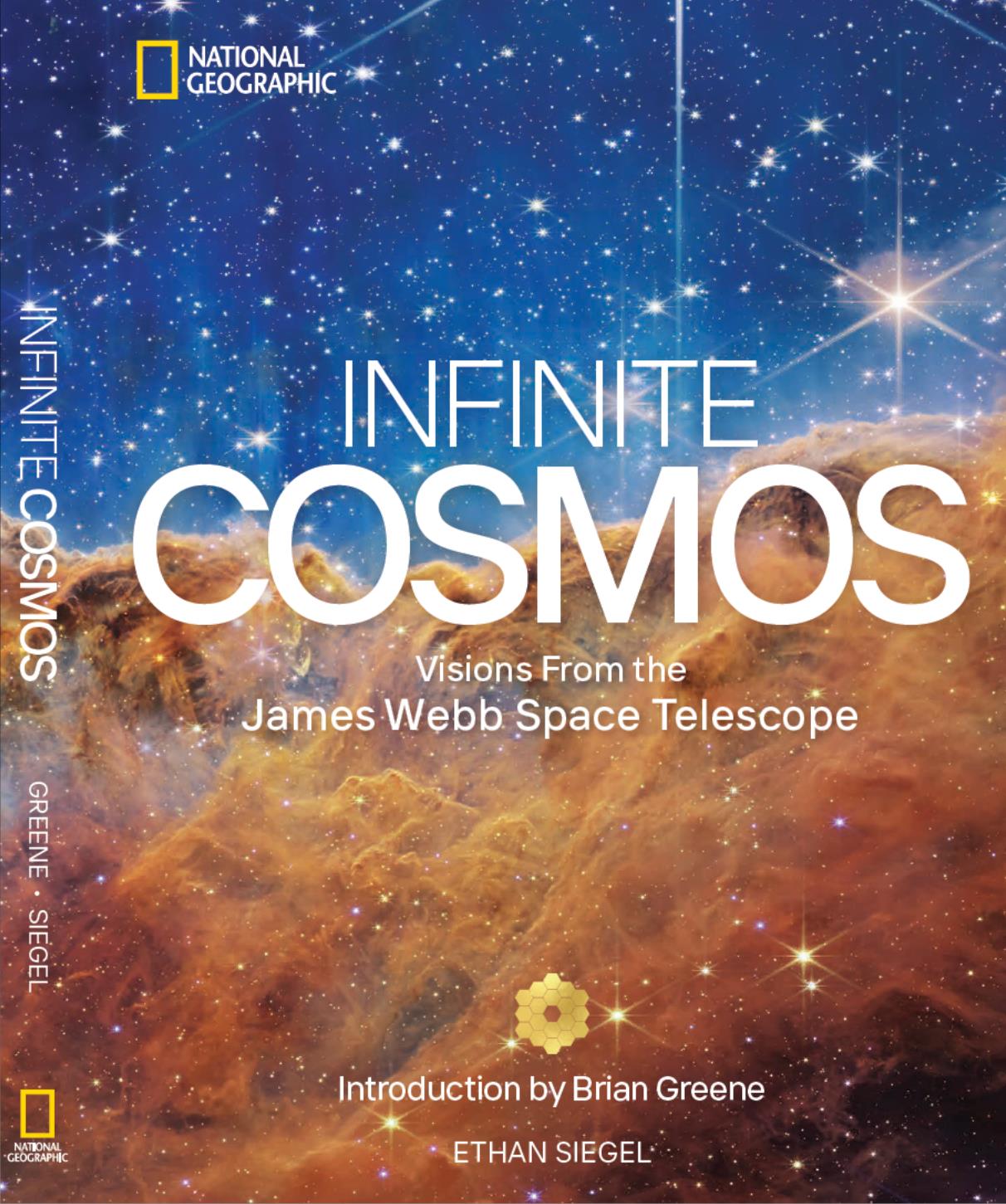Star Trek’s warp drive might become a reality
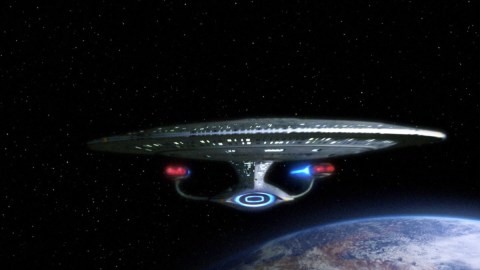
How our dream of exploring the stars might actually someday come true.
“We are what we are, and we’re doing the best we can. It is not for you to set the standards by which we should be judged.” –Captain Picard, Star Trek: The Next Generation
Most of us alive today have never known a world where human spaceflight didn’t exist. Yet before we walked on the Moon, had an International Space Station, sent spacecraft to all the planets and even out of the Solar System, we had Star Trek, which brought even bigger dreams into the public consciousness. Instead of rocket fuel, our ships were powered by antimatter technology. Instead of reaching for the nearest worlds in our own Solar System, we arrived at new planets around distant stars. And instead of breaking the sound barrier, we traveled distances of light years in mere days. While Star Trek brought us a great many technological advances — and possibilities for what humanity can be as a civilization — perhaps it was the invention of warp drive, which itself enabled us to trek to the stars, that was the most groundbreaking of all.
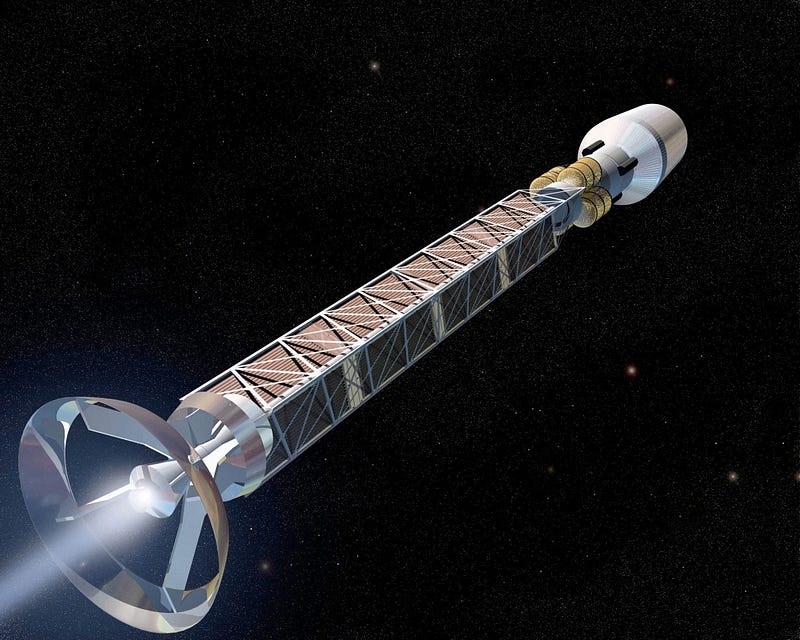
Since even before the inception of Star Trek, the need to defeat the speed of light seems to be a necessity for human space exploration. Given that even the nearest star to our own Sun — and the next nearest potentially inhabitable world — is more than four light years away, a journey to any other star system would mean that multiple years would pass back on Earth, even if the ship itself took advantage of special relativity to shorten the journey for the crew. According to Einstein’s theory, when you travel close to the speed of light, the distances in your direction-of-motion appear shorter (length contraction) and the rate at which time passes appears to lengthen (time dilation), two of the most counterintuitive and yet well-studied and confirmed consequences of special relativity. If this were all there was to traveling through the Universe, then only the crewmembers traveling at near-light speeds would remain relatively young, while years would pass both at the origin and destination star systems. Interstellar travel would be a generational venture for all but the absolute nearest stars.
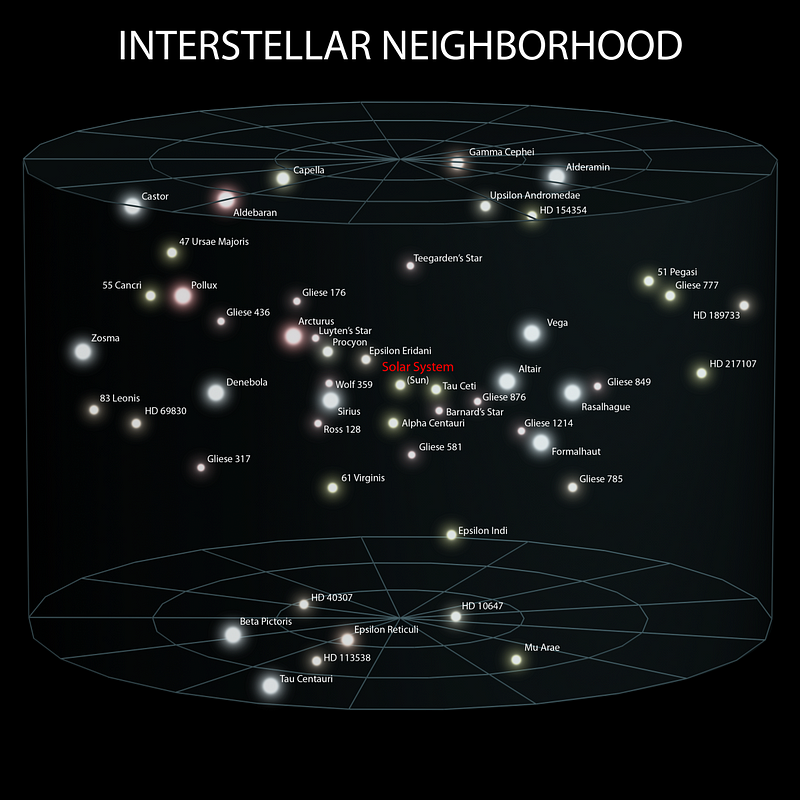
But general relativity offers a possible escape from this constraint: through the malleability of spacetime itself. We might be unable to travel through space itself at speeds greater than 299,792,458 m/s, but if we can lessen the actual distances between two locations (or events), then not only could we travel there very quickly from the crew’s perspective, but from the perspective of observers at both the source and the destination. Warp drive, as posited 50 years ago, offered a unique realization of such a solution: by distorting (shortening) the space along a starship’s direction of motion.
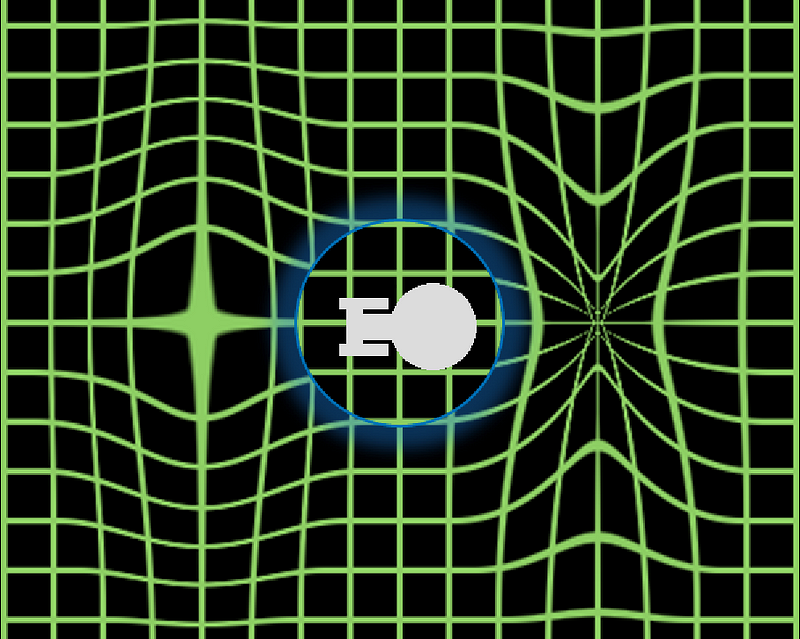
The distortion of space along the direction of motion (in front) of the spacecraft was first put forth in a hand-waving sort of fashion by science fiction writers in the 1960s, with fictitious mechanisms powering it. Sure, warp drive could effectively shorten a journey across the stars arbitrarily, limited only by how dramatically one could shorten the space in front of you, but would it turn out to be physically possible? It was shown, in 1994, that a solution within General Relativity did in fact exist that led to this exact spacetime behavior. By shortening the space in front of you and lengthening the space behind you by an equal-and-opposite amount, while creating a stable “bubble” of space inside for your starship to reside in, Miguel Alcubierre showed that warp drive was fully consistent with the laws that govern the fabric of space and time itself. In one fell swoop 22 years ago, the physics behind travel at warp speed — now known as the Alcubierre drive — went from science fiction to plausible science.
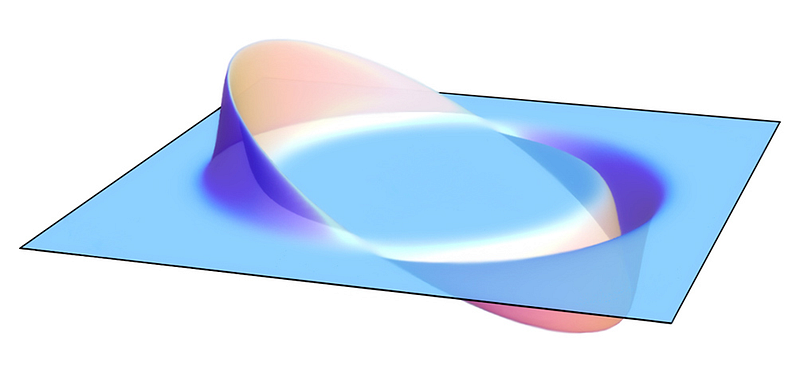
In order for the Alcubierre drive to become a reality, a great many practical obstacles still need to be overcome. For one, the most conservative estimate for the energies required to deform any non-empty region of space in this fashion equates to at least 20,000 megatons of TNT, or a ton of mass converted into pure energy via Einstein’s E = mc2. For another, the Alcubierre drive requires the creation of a region of space with an energy that’s less than the zero-point energy of space itself, requiring the existence of negative mass (or negative energy) in some form. While that might seem an insurmountable constraint, as only positive masses and energies are known to exist in this Universe, a setup similar to the Casimir effect, where parallel conducting plates can reduce the effective zero-point energy of the space inside, might provide the required energy conditions. (A solution that was suggested by Alcubierre himself!)
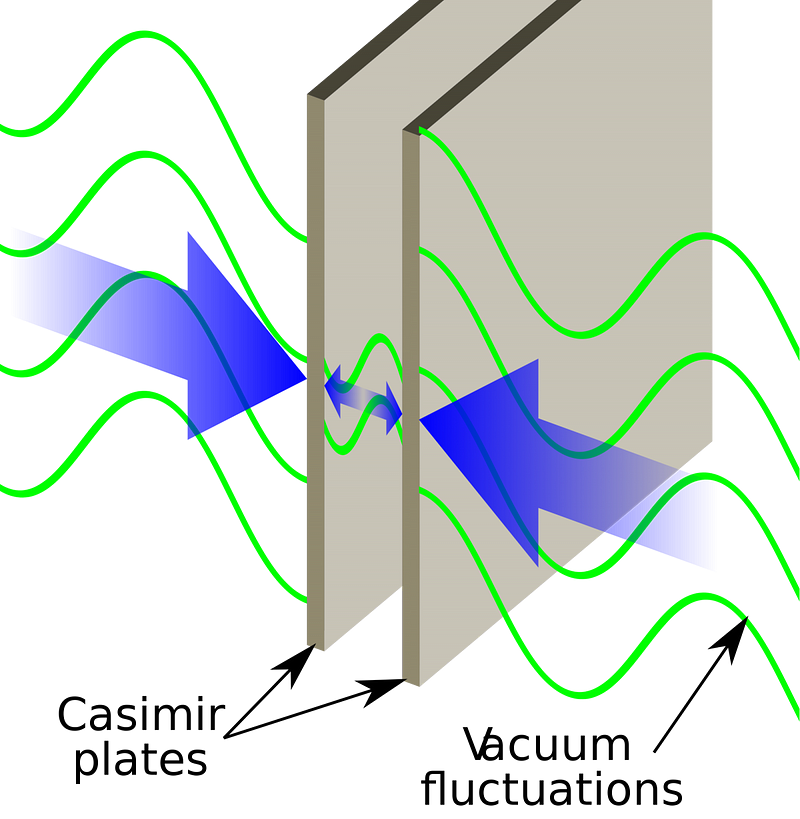
Finally, there isn’t a known way to either begin traveling at warp speed or to end your warp-speed travel once it has begun. Clearly, the ability to control your starship requires both of these to be in place! As for practical constraints, if the tremendous tidal forces surrounding the edge of the warp field could be avoided, the ship would simply travel through space, along with the rest of the field, at arbitrarily fast speeds as though it were simply in gravitational free-fall!
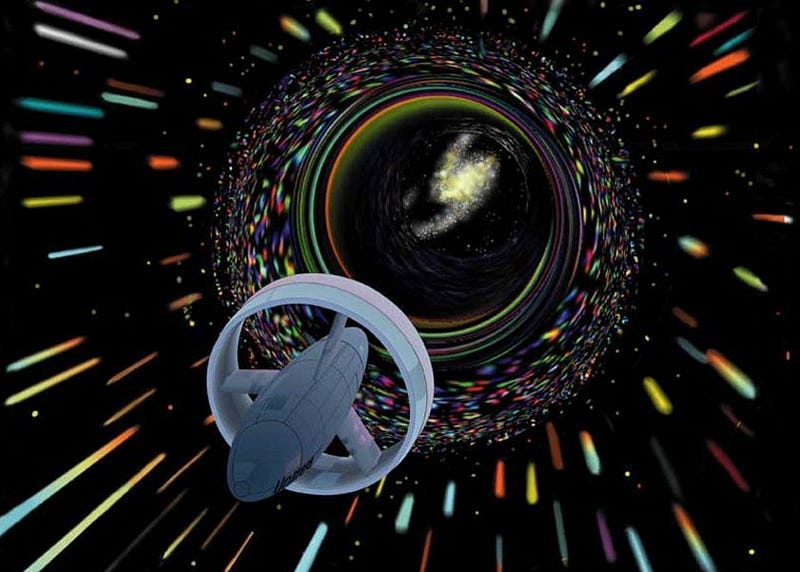
If such a technology could be harnessed, it would present tremendous advances on a number of fronts for humanity. For one, we could ship anything — from goods to resources to people — across arbitrarily large distances in arbitrarily small amounts of time. Messages could be delivered of upcoming catastrophes before a light signal could ever arrive, and violating our traditional notions of causality would become a routine game. But most importantly, the development of this technology would mean that humans alive at the time of development would be able to travel across the galaxy, experiencing other stars, other planets, and, if we’re lucky, other civilizations. In many aspects, this is the most important advance humanity could strive for in achieving the dreams ofStar Trek: the ability to literally trek across the stars. And thanks to the progress we’ve made in understanding one of the deepest laws of physics of all, General Relativity, we’ve learned that it might actually be possible. Perhaps, then, there are other Star Trek dreams that might someday become real, too.
This post first appeared at Forbes, and is brought to you ad-free by our Patreon supporters. Comment on our forum, & buy our first book: Beyond The Galaxy!



